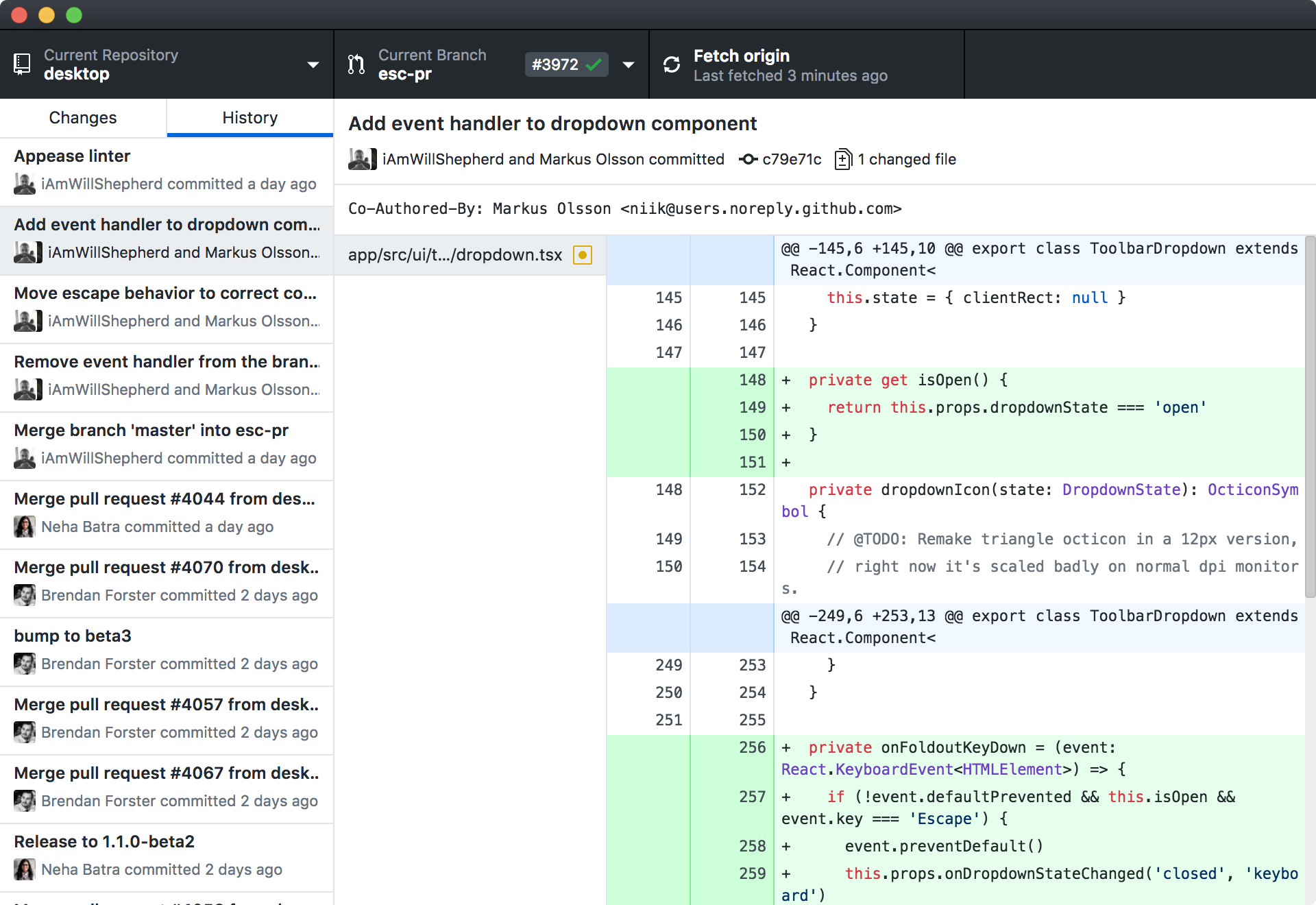

- #Git client for mac with ldap support install
- #Git client for mac with ldap support password
- #Git client for mac with ldap support free
Then, % openssl genrsa -out idp.pem 2048 % openssl req -new -x509 -sha256 -key idp.pem -out idp.crt -days 365 This will load all the gems needed for the application.
#Git client for mac with ldap support install
Open up a bash terminal window and type the following commands to install the sample application from github: % git clone % cd rails-saml-sp % bundle install I used brew to install most of the tools I needed. The instructions that follow were composed on a Mac running OS X 10.12.6 (Sierra). This is because you will deploy the application to Heroku in part 2. You should also have a local instance of PostGres running as well. You will first need to install git and Ruby-on-Rails (RoR) on your Windows, Mac or Linux box.
#Git client for mac with ldap support password
I like to use the Simpsons characters like Assign each a password when you create the user. Once logged in, create a few fake users (select Users from the admin dashboard and click the + sign).
#Git client for mac with ldap support free
You will now need to sign up for a free (10 user) JumpCloud account. One of the other advantages of using JumpCloud is their support for SAML. Indeed, their LDAP-as-a-service works pretty much as advertised.


Active Directory (on premise but exposed to Internet): has an LDAP interface but too expensive per user and difficult to secure on the open Internet.JumpCloud: 10 free users w/LDAP and SAML.I also looked into JumpCloud alternatives, but found nothing as easy to experiment with for free. LDAP is the default identity source for Shibboleth, but I did not want to configure OpenLDAP (another complex project) nor an Active Directory Domain Controller (ADDC). I already had an idea for using the JumpCloud LDAP-as-a-service as identity store. Choose a Directory-as-a-Service (DaaS) providerīut first, I needed to experiment with the setup and see if it even worked before committing resources down this rabbit hole. Contributed flows include password-based authentication, multi-factor, and even OTP two-factor authentication (2FA). It is a powerful implementation of SAML, includes back-end identity management options including JAAS, database, LDAP and Active Directory. Unlike simple RoR apps, however, Shibboleth is a relatively complex Java web application (deployed with Jetty or Tomcat). Enter Shibboleth - “an open-source project that provides Single Sign-On capabilities and allows sites to make informed authorization decisions for individual access of protected online resources in a privacy-preserving manner”. After several years of running some hobby Ruby-on-Rails (RoR) apps using devise with database_authen ticatable, I needed to add single-sign-on (SSO) capability via SAML and run my own identity provider (IdP).


 0 kommentar(er)
0 kommentar(er)
